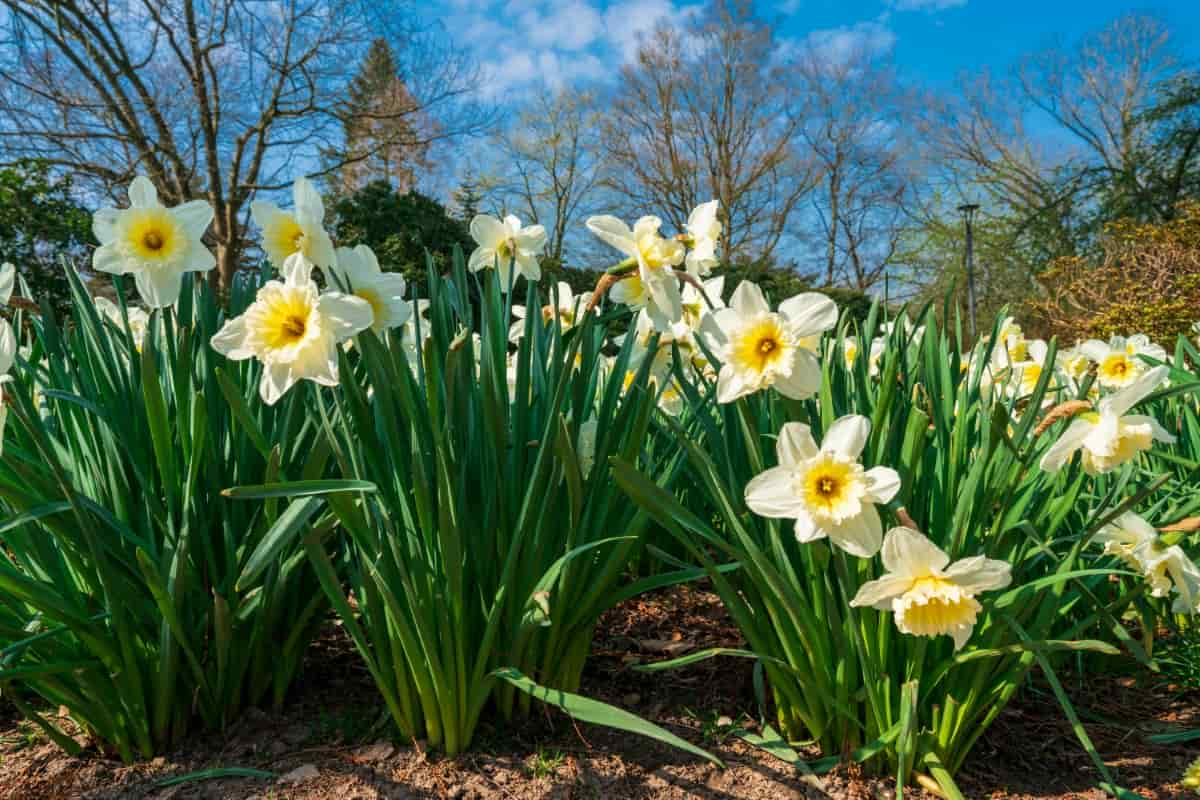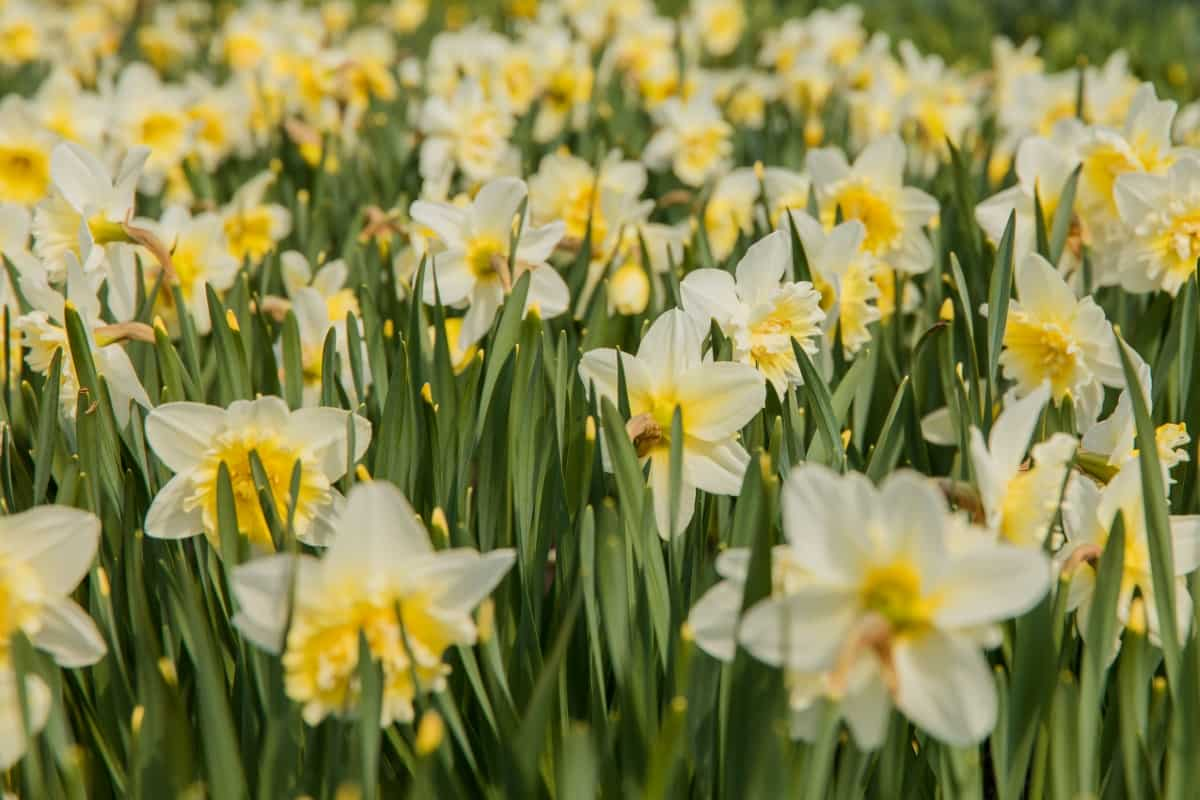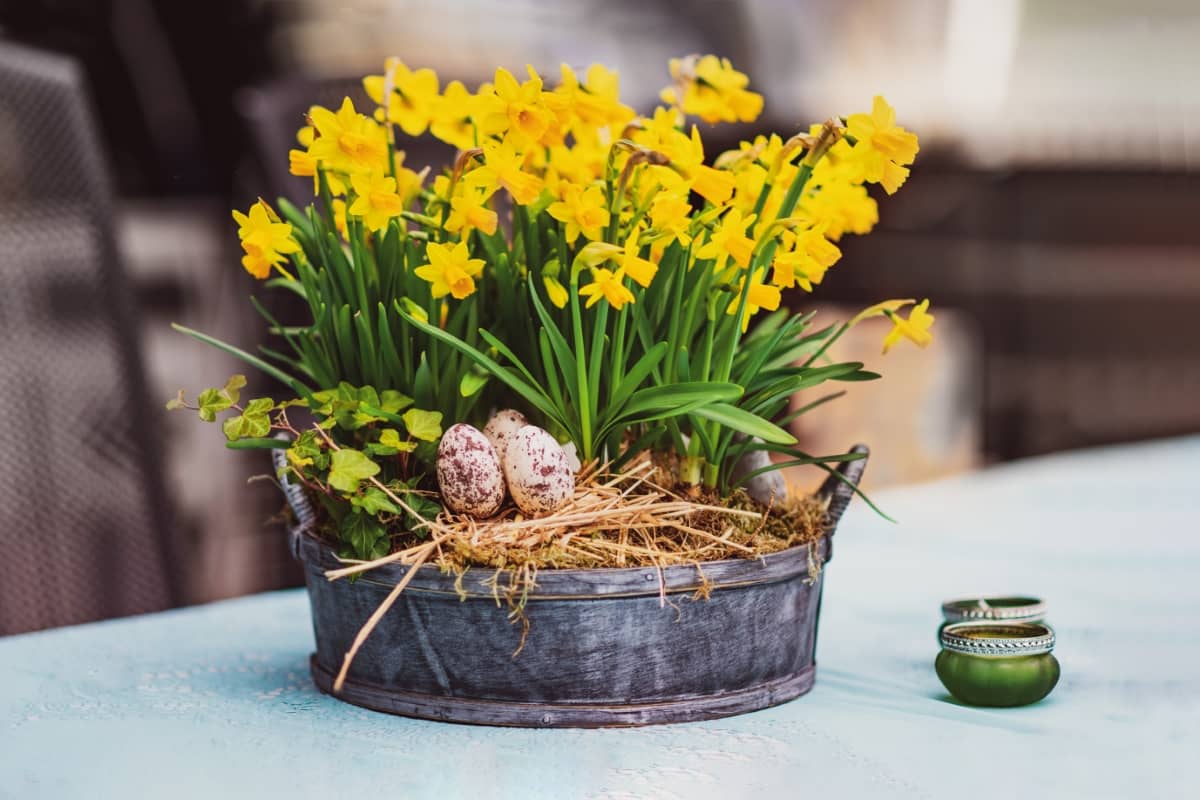Daffodils are heralds of spring; their bright blooms signify that warmer days are ahead. However, gardeners are sometimes disappointed with daffodil bloom failure, turning anticipation into puzzlement. Non-flowering daffodils can result from several causes, from improper care to environmental conditions. Understanding the reasons behind daffodil flowering issues is the first step in troubleshooting and ensuring a vibrant display in future seasons.

This guide will explore common problems such as soil conditions, daffodil sun exposure, and nutrient deficiencies, offering daffodil care tips for blooms and solutions to enhance flowering. Whether addressing daffodil crowding, optimizing watering practices, or preventing pests and diseases, each factor is crucial in preparing daffodils for bloom. With the right daffodil planting tips and bulb care, including cold stratification and rejuvenation techniques, gardeners can improve daffodil flowering and enjoy the full potential of these cheerful spring flowers.
10 Reasons Why Your Daffodils Not Flowering
Improper Planting Depth
Daffodil bloom failure can often be traced back to improper planting depth, a critical factor in daffodil care for blooms. Daffodils planted too shallow may not anchor themselves adequately, leading to poor growth and non-flowering, while those planted too deep might struggle to break through the soil surface.
The ideal depth is about three times the bulb’s height, allowing for sufficient root development and stability. Ensuring the correct planting depth is a fundamental daffodil planting tip that supports healthy growth and enhances daffodil blooms, setting the stage for a vibrant spring display.
Inadequate Sunlight
Daffodils thrive in well-lit environments, and inadequate sunlight is a common cause for daffodils not blooming. These flowers require several hours of direct sunlight to develop strong stems and vibrant blooms. When planted in overly shaded areas, daffodils may produce foliage but fail to flower.
Improving daffodil flowering in such cases involves relocating the bulbs to a sunnier spot or managing the surrounding foliage to increase sun exposure. This adjustment can significantly impact the energy daffodils gather for blooming, thus addressing one of the key daffodil flowering issues.
Excessive Nitrogen
Soil conditions for daffodils play a significant role in their ability to flower, and excessive nitrogen is a known deterrent to daffodil blooms. Elevated nitrogen levels, typically resulting from excessive fertilization or the use of imbalanced fertilizers, may promote vigorous foliage growth while inhibiting flower development.
To remedy this, gardeners should use a phosphorus-rich fertilizer to promote blooming. Adjusting fertilization practices is a crucial aspect of daffodil care for blooms, ensuring the soil provides the right balance of nutrients to support healthy foliage and vibrant flowers.
Lack of Nutrients
Conversely, nutrient deficiencies in daffodils can also lead to non-flowering. Essential nutrients like phosphorus, potassium, and trace elements are vital for daffodil health and bloom development. A soil test can reveal nutrient deficiencies, guiding the application of the appropriate fertilizers to enhance daffodil blooms. Incorporating compost or well-rotted manure can improve soil fertility and structure, providing a long-term solution to nutrient deficiencies and supporting the overall health of daffodils.
Crowded Planting
Crowded planting is another common issue that can hinder daffodil flowering. Over time, daffodil bulbs can multiply and become densely packed, competing for resources like nutrients, water, and space. This competition can result in diminished vigor and reduced or absent flowering.
In case you missed it: 10 Best Night Flowering Plants: Ideal Ones to Keep at Home

The solution lies in daffodil crowding solutions, such as lifting and dividing the bulbs every 3 to 5 years. This rejuvenation process allows gardeners to spread the bulbs out, giving each plant enough room to grow and access to ample resources, thereby improving daffodil flowering in subsequent seasons.
Poor Bulb Quality
The foundation of successful daffodil flowering lies in the quality of the bulbs. Due to age, disease, or damage, poor bulb quality can lead to daffodil bloom failure. Selecting healthy, firm bulbs and practicing proper daffodil bulb care, including storage and planting techniques is important. Bulbs ought to be kept in a cool, dry location prior to planting and examined for any indications of decay or harm. Planting high-quality bulbs is a critical daffodil planting tip that ensures a strong start, leading to robust plants capable of producing beautiful blooms.
Insufficient Cold Period
Daffodils require a period of cold dormancy to trigger their flowering process, known as cold stratification. Insufficient cold exposure can result in daffodil bloom failure, as the bulbs rely on this chilling period to prepare for spring growth. Gardeners in warmer climates might need to artificially chill their bulbs before planting to mimic natural cold conditions. This involves storing the bulbs in a refrigerator for a specified period before planting, a crucial step in daffodil care for blooms that can significantly enhance their flowering potential in regions lacking a natural cold season.
Disease or Pest Damage
Daffodil flowering issues can also stem from disease or pest damage, which weakens the plant and hinders its ability to produce blooms. Common culprits include bulb rot, caused by fungal infections, and pests such as narcissus bulb fly larvae, which damage the bulbs. Implementing daffodil pest control and disease prevention strategies, such as practicing crop rotation, using fungicides, and ensuring proper drainage to prevent soggy conditions, are essential for maintaining healthy bulbs and promoting vibrant blooms.
Water Stress
Both overwatering and underwatering can lead to non-flowering daffodils, a condition known as water stress. Daffodils prefer well-drained soil and consistent moisture, but excessive water can lead to bulb rot, while too little can stress the plant, leading to poor growth and lack of blooms. Ensuring proper daffodil watering is essential for healthy growth and blooming. This includes maintaining consistent moisture during growth and reducing watering as the foliage naturally fades, thus preventing water stress and promoting flowering.
In case you missed it: Maximize Blooms: The Best NPK Ratio for Flowering Plants Explained

Age of Bulbs
The age of daffodil bulbs is crucial in their ability to flower. Over time, bulbs can become exhausted and lose vigor, resulting in diminished or absent blooms. Daffodil bulb rejuvenation involves replacing older bulbs with fresh ones every few years, which can ensure continuous blooming. This practice is part of overall daffodil bulb care, ensuring that the garden is stocked with healthy, productive bulbs capable of producing the desired floral display.
In case you missed it: 10 Common Problems With Flowering Camellia Plants: Treatment and Solutions

Conclusion
Understanding the multifaceted reasons behind non-flowering daffodils, from environmental factors like insufficient cold periods and sunlight to biological challenges such as disease, pest damage, and the natural aging process of bulbs, is essential for successful daffodil cultivation. By addressing these issues with targeted remedies and care, gardeners can overcome daffodil bloom failure and enjoy the vibrant beauty of these spring flowers year after year, enhancing their gardens and gardening experience.
- Feed Your Flock for Less: Top 10 Tips to Save on Chicken Feed
- Ultimate Guide to Ossabaw Island Hog: Breeding, Raising, Diet, and Care
- Hatching Answers: The Top 10 Reasons Your Chickens Aren’t Laying Eggs
- Eggs and Economics: Breaking Down the Cost of Raising Backyard Chickens
- Defend Your Greens: Proven Methods to Keep Iguanas Out of Your Garden
- Ultimate Guide to Cinnamon Queen Chicken: A Comprehensive Guide for Beginners
- Ultimate Guide to California Tan Chicken: Breeding, Raising, Diet, Egg-Production and Care
- Ultimate Guide to Marsh Daisy Chicken: Breeding, Raising, Diet, and Care
- 10 Types of Chicken Farming Businesses You Can Start for Profits